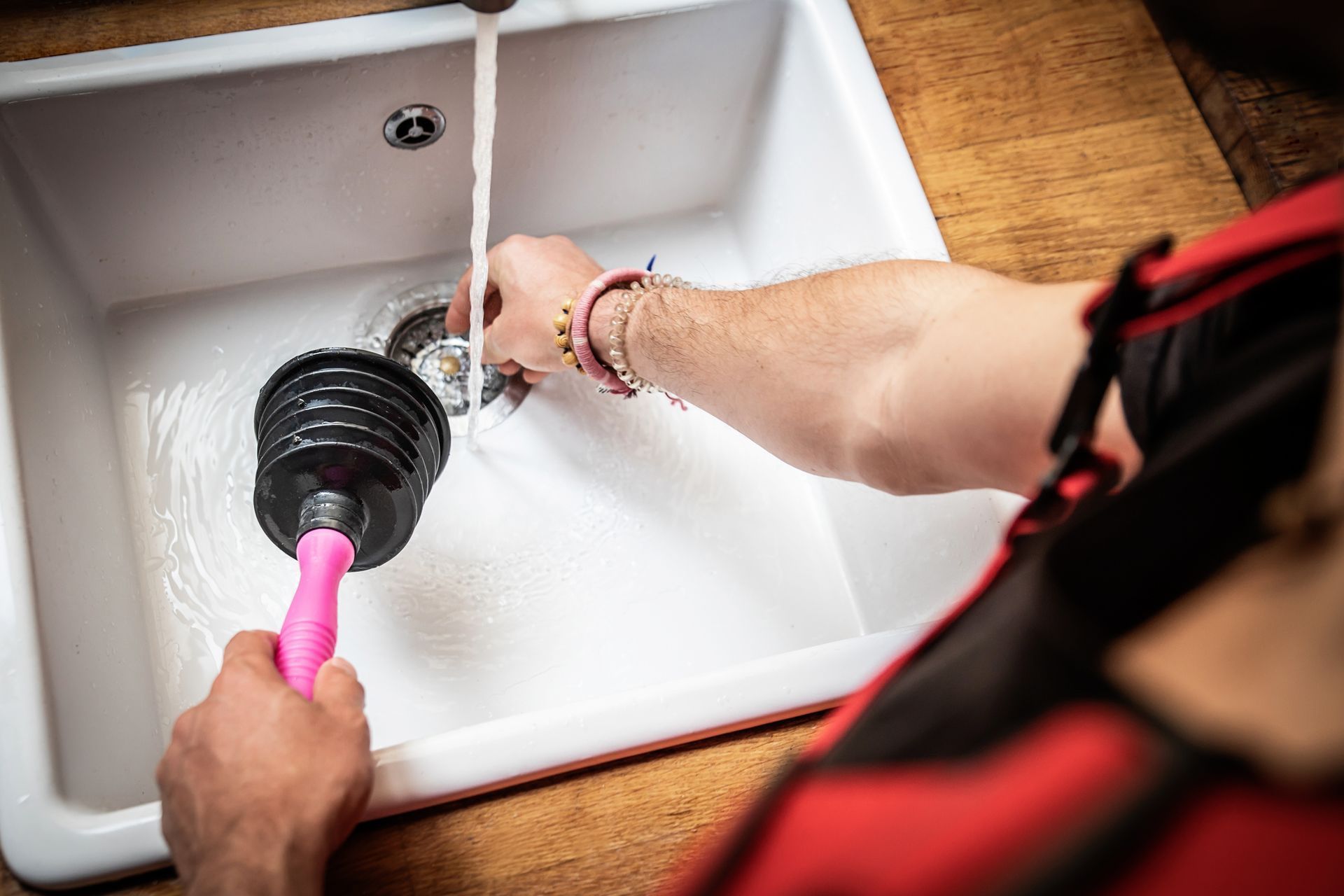Understanding the Most Common Causes of Sewer Backups
The unwelcome and unpleasant surprise of a sewer backup can swiftly disrupt the tranquility of everyday life. This frustrating predicament, often accompanied by foul odors and unsanitary conditions, can stem from many issues homeowners and municipalities must grapple with.
Understanding the root causes of these incidents is crucial in preventing and addressing the potentially costly and hazardous aftermath. Here are the most prevalent factors contributing to sewer backups.
Blocked or Clogged Pipes
Blocked or clogged pipes can result from various factors, including the accumulation of grease, debris, or foreign objects, as well as the buildup of mineral deposits or tree roots invading the plumbing system.
When pipes become obstructed, the flow of water is impeded, leading to increased pressure within the pipes. Over time, this pressure can cause the pipes to crack or burst, exacerbating the blockage issue.
Moreover, when the flow is hindered, wastewater cannot properly move through the pipes, leading to sewer backup. This backup can result in sewage or wastewater reentering the household plumbing system, causing foul odors, unhygienic conditions, and potential health hazards. Additionally, the accumulation of wastewater can put a strain on the entire sewer system, leading to overflows and environmental contamination.
Tree Roots
As trees grow, their roots naturally extend in search of moisture, and they can exploit small cracks or joints in plumbing pipes. These roots are drawn to the condensation that forms on the exterior of pipes, leading them to grow towards the moisture source.
Over time, these roots can exert pressure on the pipes, causing them to crack or break. Furthermore, as the roots continue to grow, they can infiltrate the pipes, resulting in blockages and potentially leading to significant plumbing damage. The presence of water and nutrients within the pipes can encourage the roots to multiply and expand further, exacerbating the problem.
Damaged Sewer Pipes
Corrosion, a common culprit, can be induced by various elements such as chemicals, water acidity, or the presence of sulfides. Ground shifting, caused by geological factors like soil erosion, seismic activity, or changes in temperature, can lead to pipe misalignment and subsequent damage.
In regions with extreme weather conditions, freezing and thawing cycles can contribute to pipe weakening and cracking. Factors such as poor installation, material quality, and age can exacerbate the degradation process. Regular inspections, timely maintenance, and the use of corrosion-resistant materials can help mitigate the effects of these factors and extend the lifespan of sewer systems.
Heavy Rainfall
While precipitation is vital for the sustenance of life, excessive rainfall can wreak havoc on sewer systems. The sudden influx of water can overwhelm the capacity of sewer lines, causing them to fill up rapidly and leading to surges in pressure. In such scenarios, the system may struggle to handle the excess volume, causing backups that affect homes and communities in low-lying areas.
Sewer System Age
The passage of time takes its toll on all things, and sewer systems are no exception. Older communities often grapple with outdated infrastructure that struggles to meet the demands of a growing population and modern usage patterns. The aging of sewer systems can result in reduced efficiency, increased vulnerability to damage, and a higher susceptibility to backups, causing inconvenience and potential health hazards for residents.
Upgrading aging sewer systems with modern materials, implementing regular maintenance schedules, and investing in infrastructure renewal projects are crucial steps in addressing the challenges posed by aging sewer systems.
Municipal Sewer Issues
Sewer backups can also arise from problems within the larger municipal sewer network. Inadequate maintenance, improper design, or limited capacity of sewer lines and treatment plants can contribute to system overflows and backups, affecting numerous households and businesses simultaneously.
O’Fallon Sewer & Plumbing Repair Service can inspect your sewer line to find the cause of the backup.
Contact us
now for more information.








